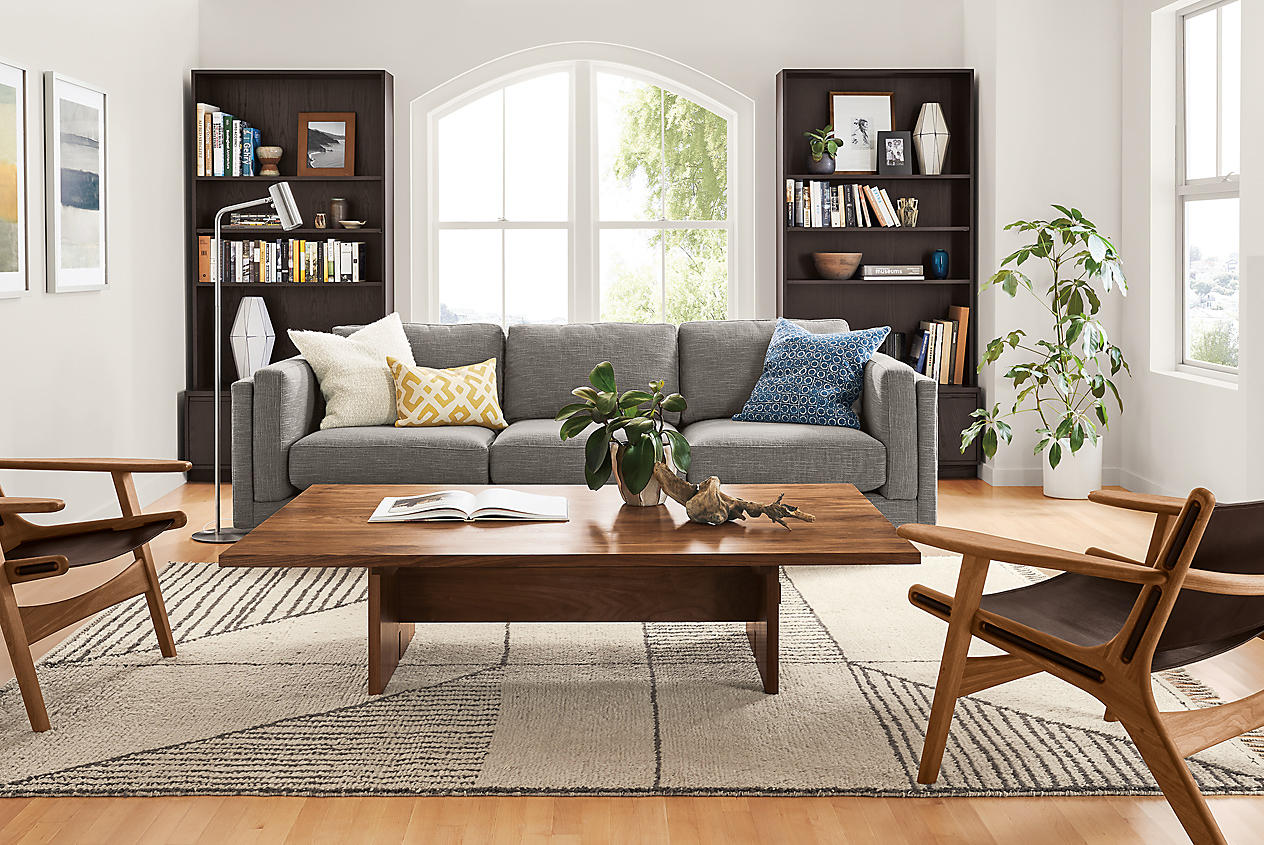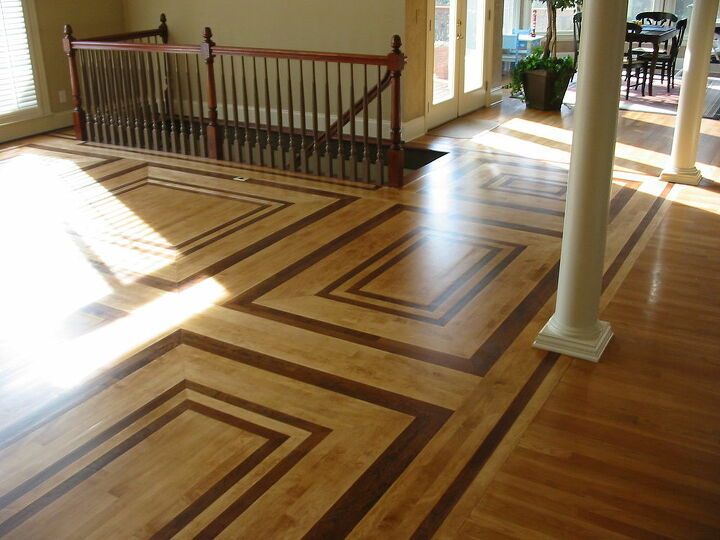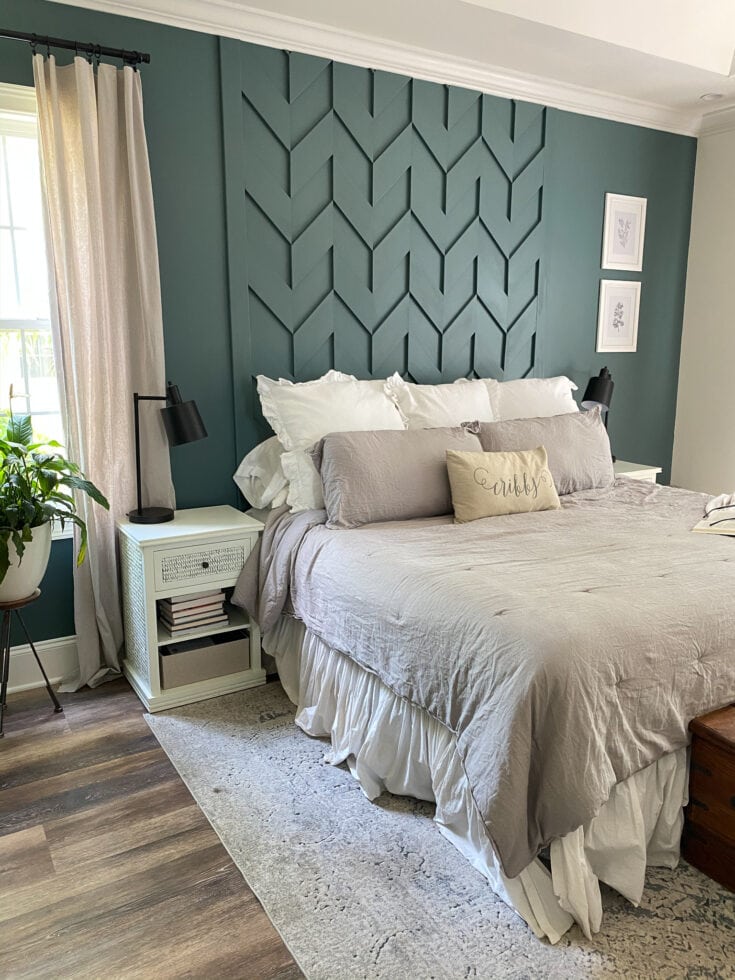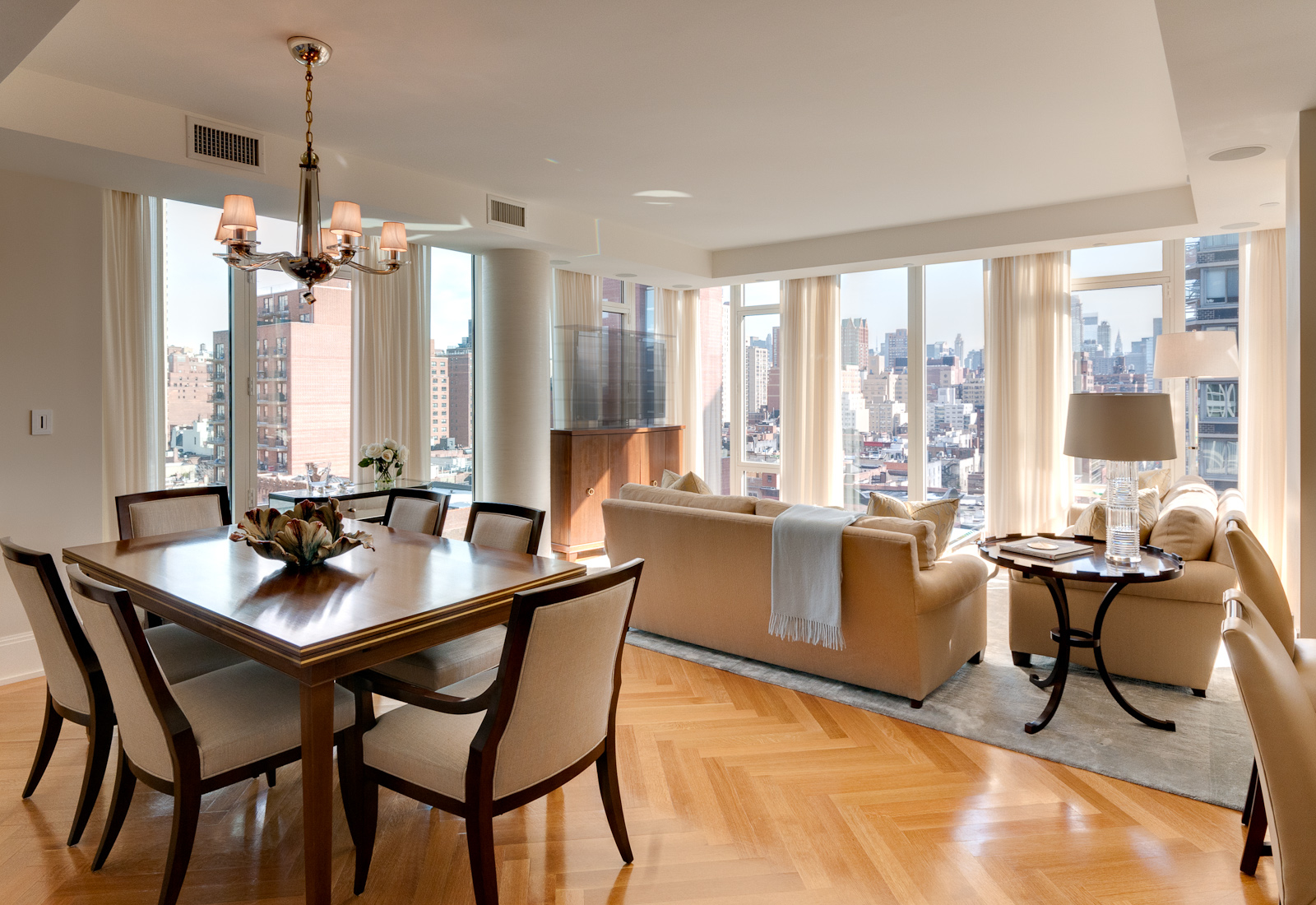Mixing Different Types of Wood in Your Living Room Design
When it comes to interior design, one of the most common questions is whether or not it is okay to mix different types of wood in the same space. And the answer is, yes! In fact, mixing wood tones in your living room can add depth, texture, and character to your space. However, it is important to do so with intention and careful planning. Here are some tips for successfully mixing different types of wood in your living room design.
How to Mix Wood Tones in Your Living Room
The first step in mixing wood tones in your living room is to choose a dominant wood tone. This will serve as the anchor for your design and should be the most prominent wood in the room. From there, you can mix in other wood tones that complement or contrast with the dominant tone. For example, if you have a dark wood coffee table, you can mix in lighter wood accents, such as a side table or picture frames, to create balance and visual interest.
Tips for Mixing Wood Furniture in Your Living Room
When choosing wood furniture for your living room, it's important to consider the style and finish of each piece. While it's okay to mix different types of wood, it's best to stick with a cohesive style. For example, if you have a modern sofa, you may want to mix in other modern wood pieces, such as a sleek wooden sideboard or coffee table. Additionally, pay attention to the finish of each piece. You can mix different wood finishes, but make sure they complement each other. For example, a glossy finish may not pair well with a rustic, weathered finish.
Creating a Cohesive Look with Mixed Wood Finishes in Your Living Room
Mixing wood finishes in your living room can add dimension and depth to your space. However, it's important to create a cohesive look by choosing finishes that complement each other. For instance, you can mix a light wood finish with a darker, rich wood finish. Or, you can mix a matte finish with a glossy finish. The key is to make sure the finishes work together and don't clash.
The Dos and Don'ts of Mixing Wood Types in Your Living Room
While mixing wood types can create a beautiful and unique look in your living room, there are some important dos and don'ts to keep in mind. Do choose a dominant wood tone and mix in other wood tones that complement it. Do pay attention to the style and finish of each piece. Do create a cohesive look by choosing finishes that work well together. And don't mix too many different wood types, as this can create a chaotic and cluttered look. Don't forget to consider the color and texture of each wood type as well.
Incorporating Multiple Wood Species in Your Living Room Decor
Mixing different wood species in your living room can add a unique and personalized touch to your space. This can include different types of wood, such as oak, cherry, or pine, as well as reclaimed or salvaged wood. When incorporating multiple wood species, it's important to consider the color, texture, and style of each one. You can mix different wood species in furniture, flooring, and even decor elements like shelves or picture frames. Just make sure they work well together and complement the overall design of your living room.
Mixing Light and Dark Woods in Your Living Room Design
Another way to mix wood tones in your living room is by incorporating light and dark woods. This can create a beautiful contrast and add visual interest to your space. For example, you can pair a dark wood floor with light wood furniture, or vice versa. You can also mix light and dark wood finishes in the same piece of furniture, such as a coffee table with a light wood top and dark wood legs. Just be sure to pay attention to the overall balance and make sure the light and dark woods are evenly distributed throughout the room.
Finding the Right Balance When Mixing Different Wood Finishes in Your Living Room
When mixing different wood finishes in your living room, it's important to find the right balance. This means not having one wood finish overpower the others. To achieve balance, you can mix in neutral elements, such as a white or black piece of furniture, to help ground the space. You can also use accessories, such as pillows or rugs, to tie different wood finishes together and create a cohesive look. Keep in mind that it's okay to have a dominant wood finish, but make sure it doesn't overwhelm the other finishes in the room.
How to Mix and Match Wood Furniture in Your Living Room
Mixing and matching wood furniture can create a stylish and eclectic look in your living room. To do so successfully, it's important to choose pieces that have a similar style or feel. For example, you can mix mid-century modern and rustic pieces, but they should still have a cohesive overall look. You can also mix different wood finishes, but make sure they complement each other. Additionally, don't be afraid to mix in non-wood elements, such as metal or glass, to add even more visual interest to your space.
Creating a Harmonious Look with Mixed Wood Accents in Your Living Room
Lastly, don't be afraid to mix in smaller wood accents in your living room design. This can include decorative items like wooden bowls, trays, or vases, as well as smaller furniture pieces like stools or side tables. These accents can add warmth and texture to your space, and can be mixed in with other wood finishes or styles. Just be mindful of not overcrowding the room with too many wood accents, as this can create a cluttered and overwhelming look.
In conclusion, mixing different types of wood in your living room can create a beautiful and unique design. Just remember to choose a dominant wood tone, pay attention to style and finish, and find the right balance to create a cohesive look. Don't be afraid to mix and match, and have fun incorporating different wood elements into your living room decor.
Mixing Woods in Your Living Room: A Perfect Design Choice

Creating a Cozy and Inviting Atmosphere
 When it comes to designing your living room, one of the most important factors to consider is the overall atmosphere you want to create. And nothing brings warmth and coziness to a space quite like the combination of different
woods
. By mixing
woods
in your living room, you can add depth and character to the space, making it feel more inviting and lived-in.
Whether you prefer a rustic, farmhouse feel or a modern, sleek look, incorporating different types of
woods
can help you achieve your desired aesthetic. For a more traditional look, you can mix darker
woods
like mahogany or cherry with lighter
woods
like oak or pine. This contrast in color creates a beautiful visual impact and adds interest to the room.
When it comes to designing your living room, one of the most important factors to consider is the overall atmosphere you want to create. And nothing brings warmth and coziness to a space quite like the combination of different
woods
. By mixing
woods
in your living room, you can add depth and character to the space, making it feel more inviting and lived-in.
Whether you prefer a rustic, farmhouse feel or a modern, sleek look, incorporating different types of
woods
can help you achieve your desired aesthetic. For a more traditional look, you can mix darker
woods
like mahogany or cherry with lighter
woods
like oak or pine. This contrast in color creates a beautiful visual impact and adds interest to the room.
Bringing Balance and Harmony
 Mixing
woods
in your living room not only adds warmth and character, but it also helps bring balance and harmony to the space. By incorporating different
woods
, you can create a cohesive and well-designed room that feels put together and intentional. This is especially useful when working with mismatched furniture or inherited pieces that may not necessarily match in style or color.
For example, if you have a dark
wood
coffee table, you can balance it out by adding a lighter
wood
accent chair or side table. This creates a harmonious blend of
woods
that ties the room together and adds a touch of sophistication.
Mixing
woods
in your living room not only adds warmth and character, but it also helps bring balance and harmony to the space. By incorporating different
woods
, you can create a cohesive and well-designed room that feels put together and intentional. This is especially useful when working with mismatched furniture or inherited pieces that may not necessarily match in style or color.
For example, if you have a dark
wood
coffee table, you can balance it out by adding a lighter
wood
accent chair or side table. This creates a harmonious blend of
woods
that ties the room together and adds a touch of sophistication.
Creating Visual Interest
:max_bytes(150000):strip_icc()/ScreenShot2021-02-01at5.58.28PM-a5510c89b43d40b7b8b7c28d0734a209.png) Mixing
woods
in your living room is also a great way to add visual interest and create a focal point in the space. By incorporating different textures and grains, you can create a unique and eye-catching design. You can mix a smooth, polished
wood
with a rough, natural
wood
, or a glossy
wood
with a matte
wood
. This contrast in textures adds depth and dimension to the room, making it more visually appealing.
In addition to mixing different
woods
, you can also incorporate other elements like metal, glass, or fabric to add even more interest and create a dynamic and eclectic living room design.
In conclusion, mixing
woods
in your living room is a perfect design choice that can bring warmth, balance, and visual interest to the space. By incorporating different
woods
, you can create a cozy and inviting atmosphere, achieve a harmonious balance, and create a unique and visually stunning living room. So go ahead and experiment with different
woods
to create your perfect living room design!
Mixing
woods
in your living room is also a great way to add visual interest and create a focal point in the space. By incorporating different textures and grains, you can create a unique and eye-catching design. You can mix a smooth, polished
wood
with a rough, natural
wood
, or a glossy
wood
with a matte
wood
. This contrast in textures adds depth and dimension to the room, making it more visually appealing.
In addition to mixing different
woods
, you can also incorporate other elements like metal, glass, or fabric to add even more interest and create a dynamic and eclectic living room design.
In conclusion, mixing
woods
in your living room is a perfect design choice that can bring warmth, balance, and visual interest to the space. By incorporating different
woods
, you can create a cozy and inviting atmosphere, achieve a harmonious balance, and create a unique and visually stunning living room. So go ahead and experiment with different
woods
to create your perfect living room design!












/170619_Bespoke_Bridgehampton-0134-edfcbde576b04505a95eceebe843b3c7.jpg)
























































































